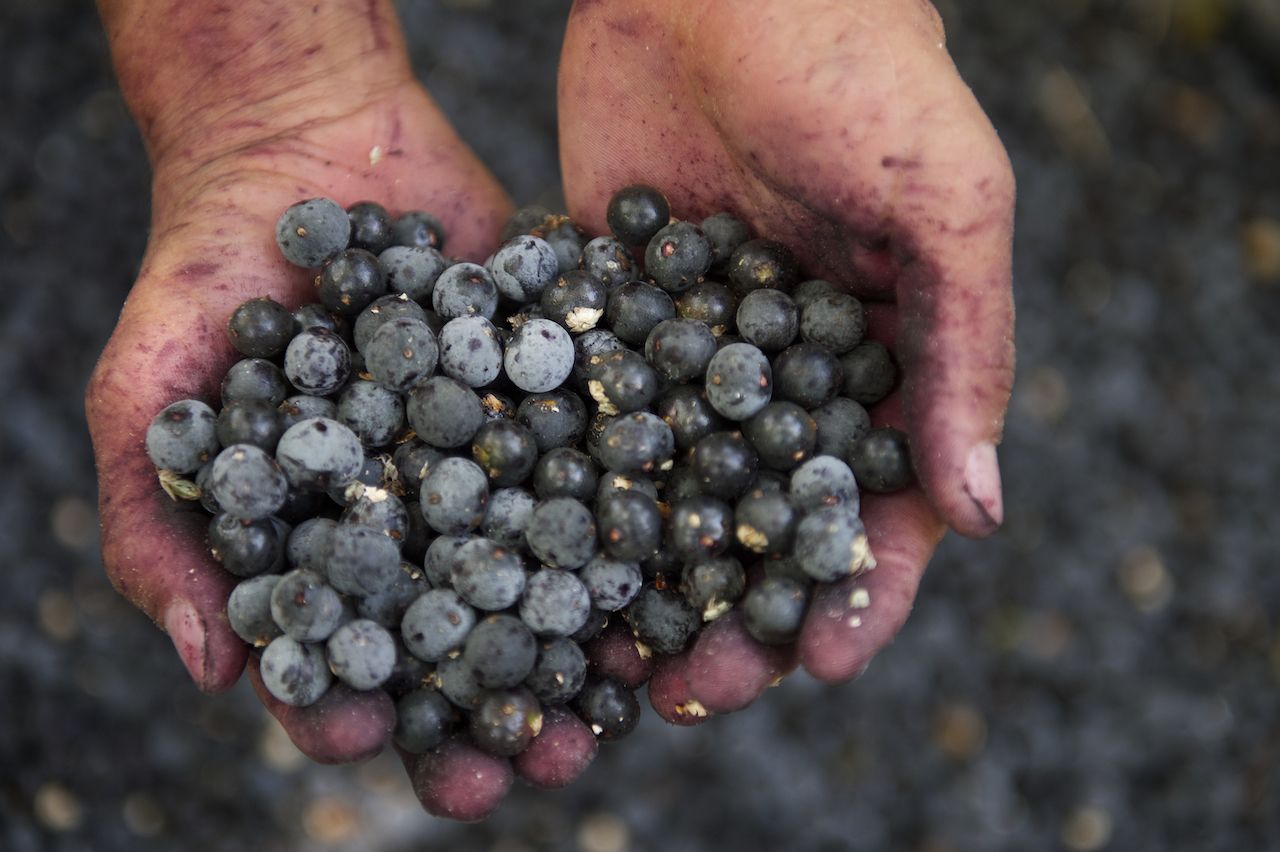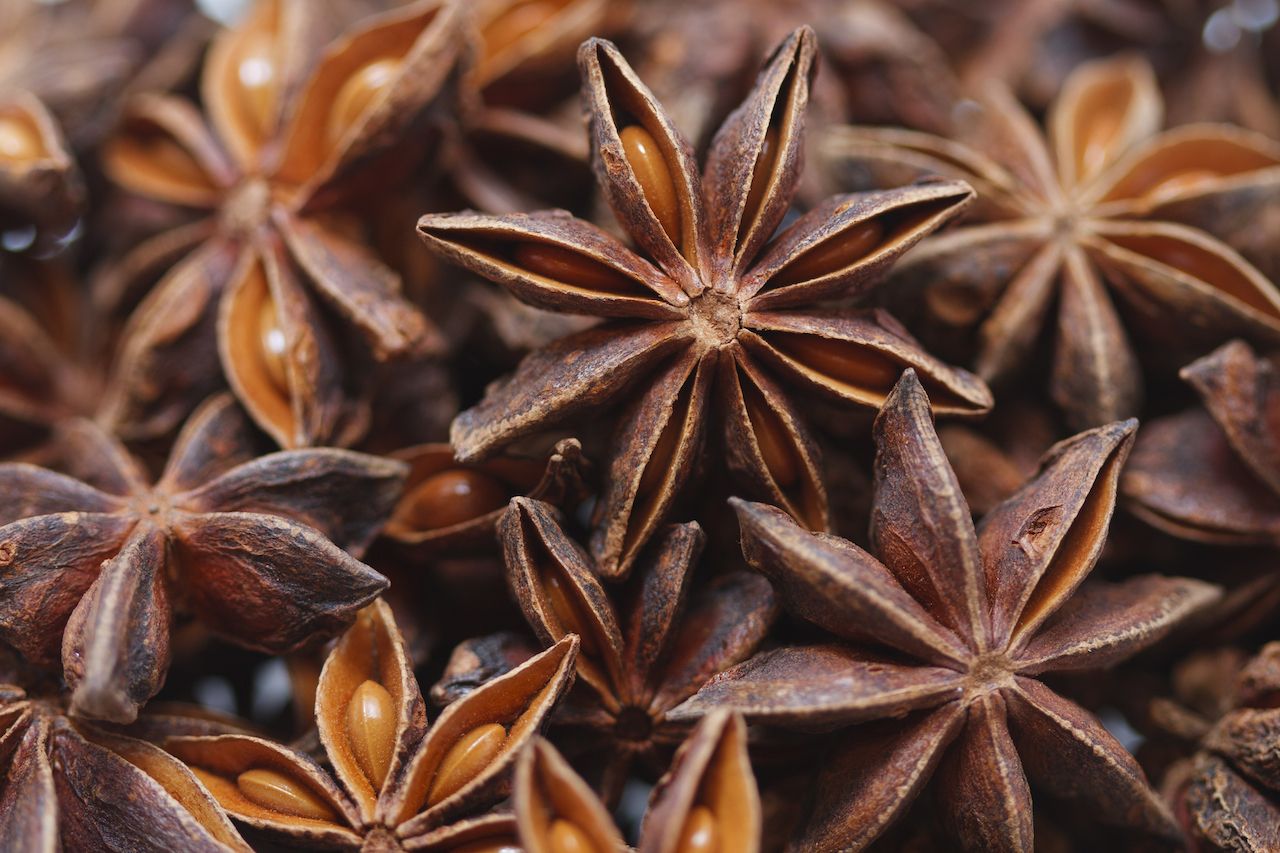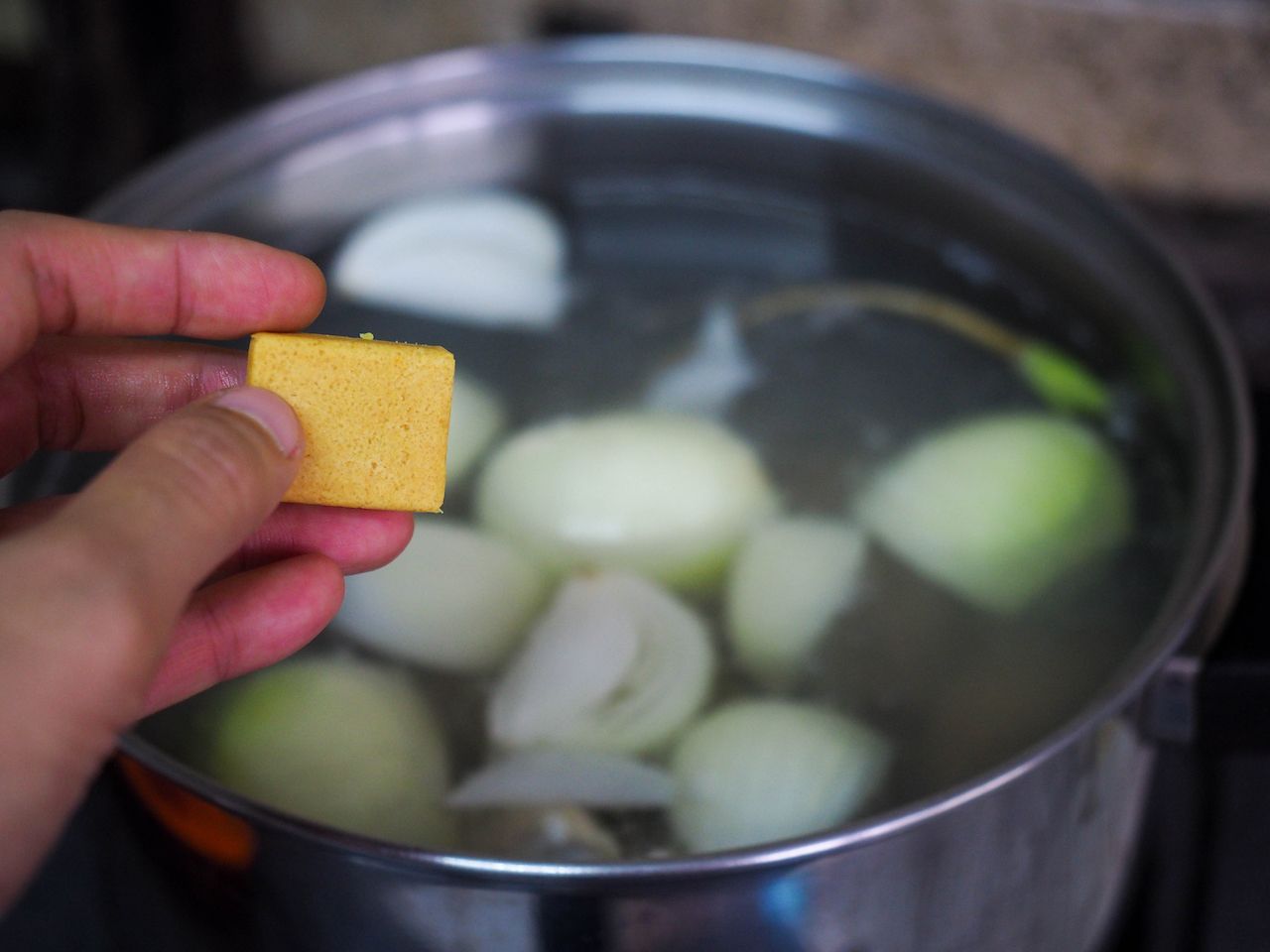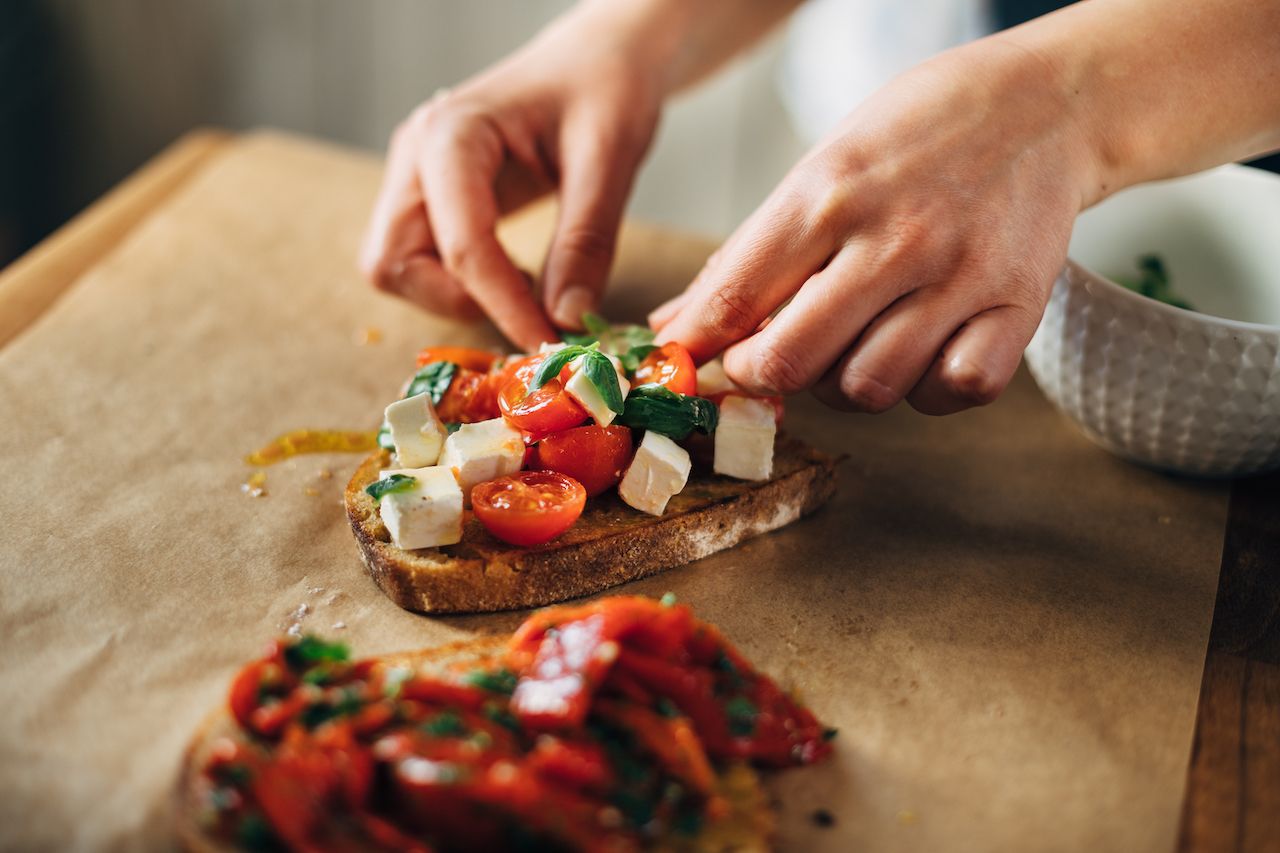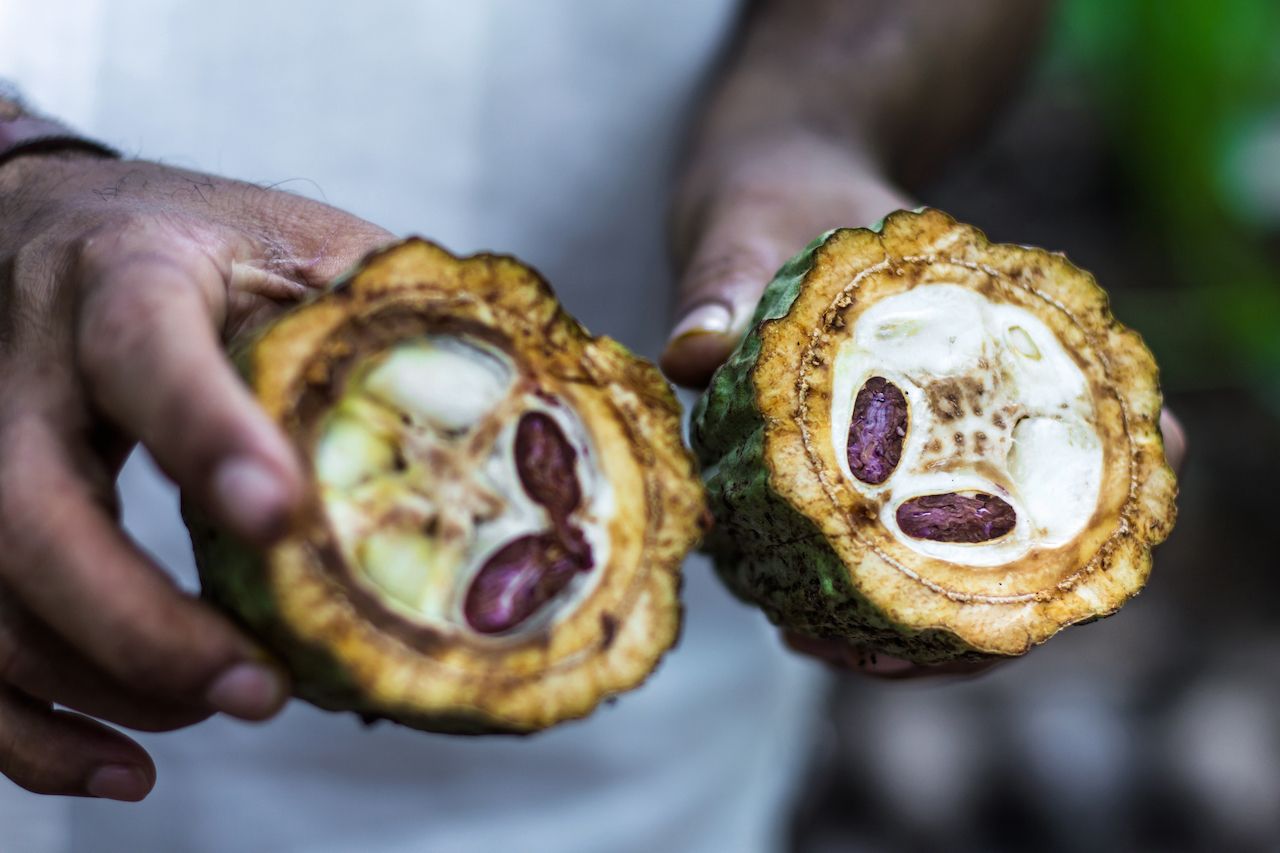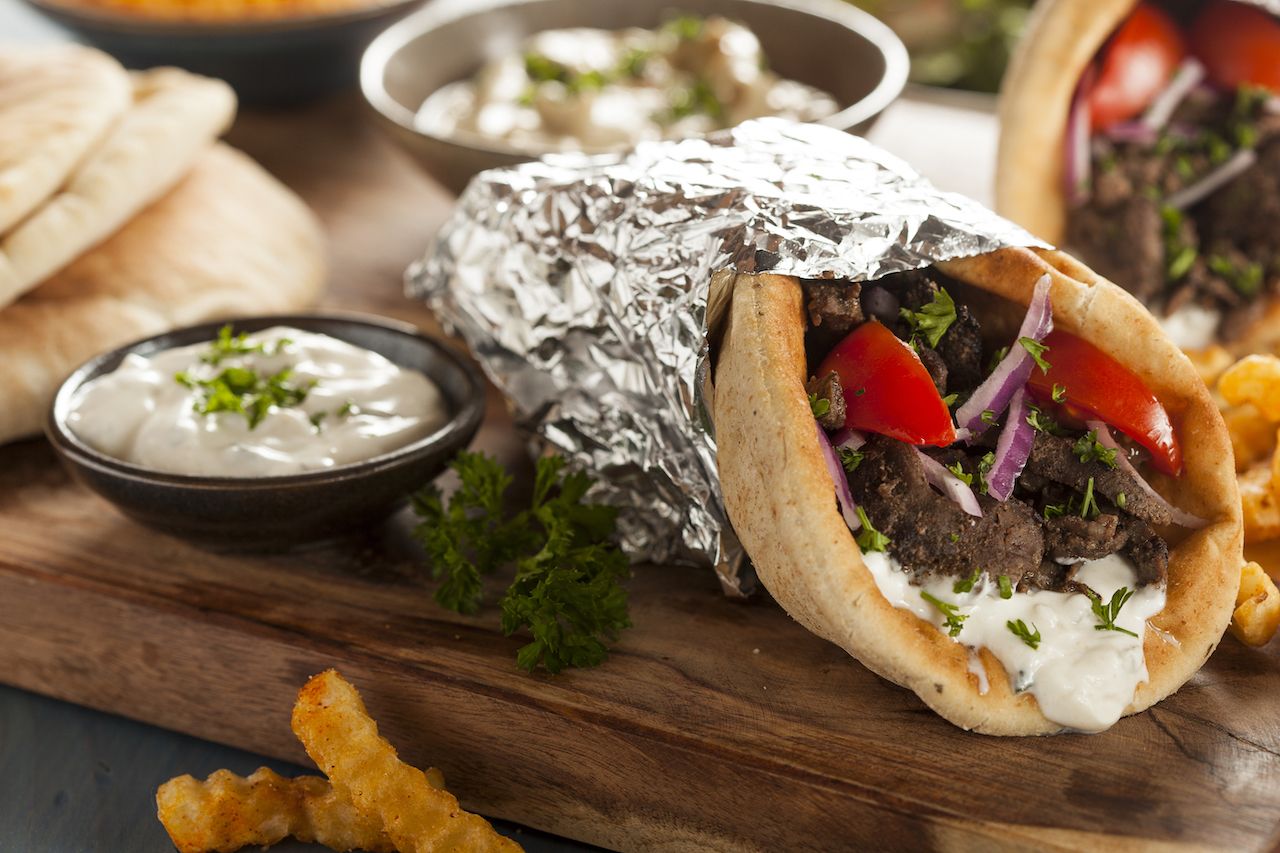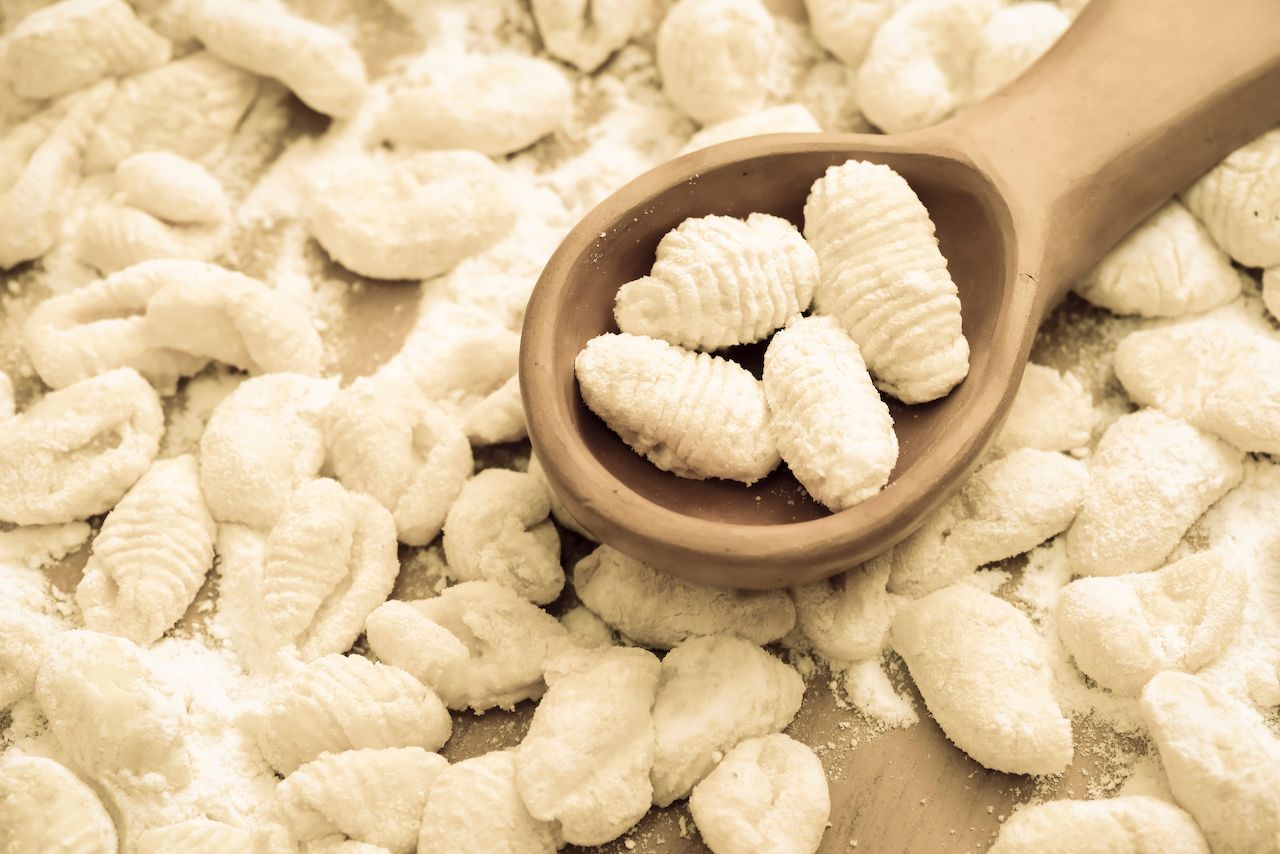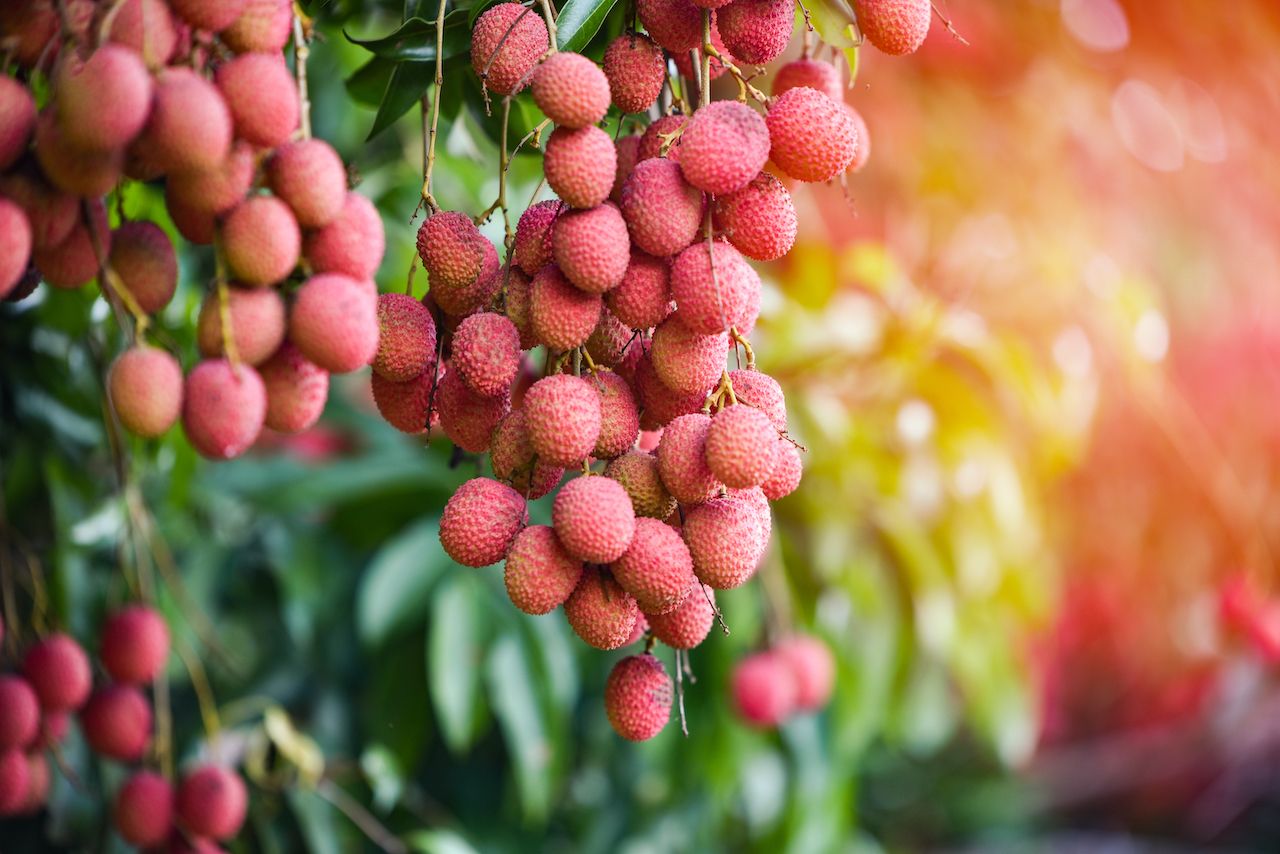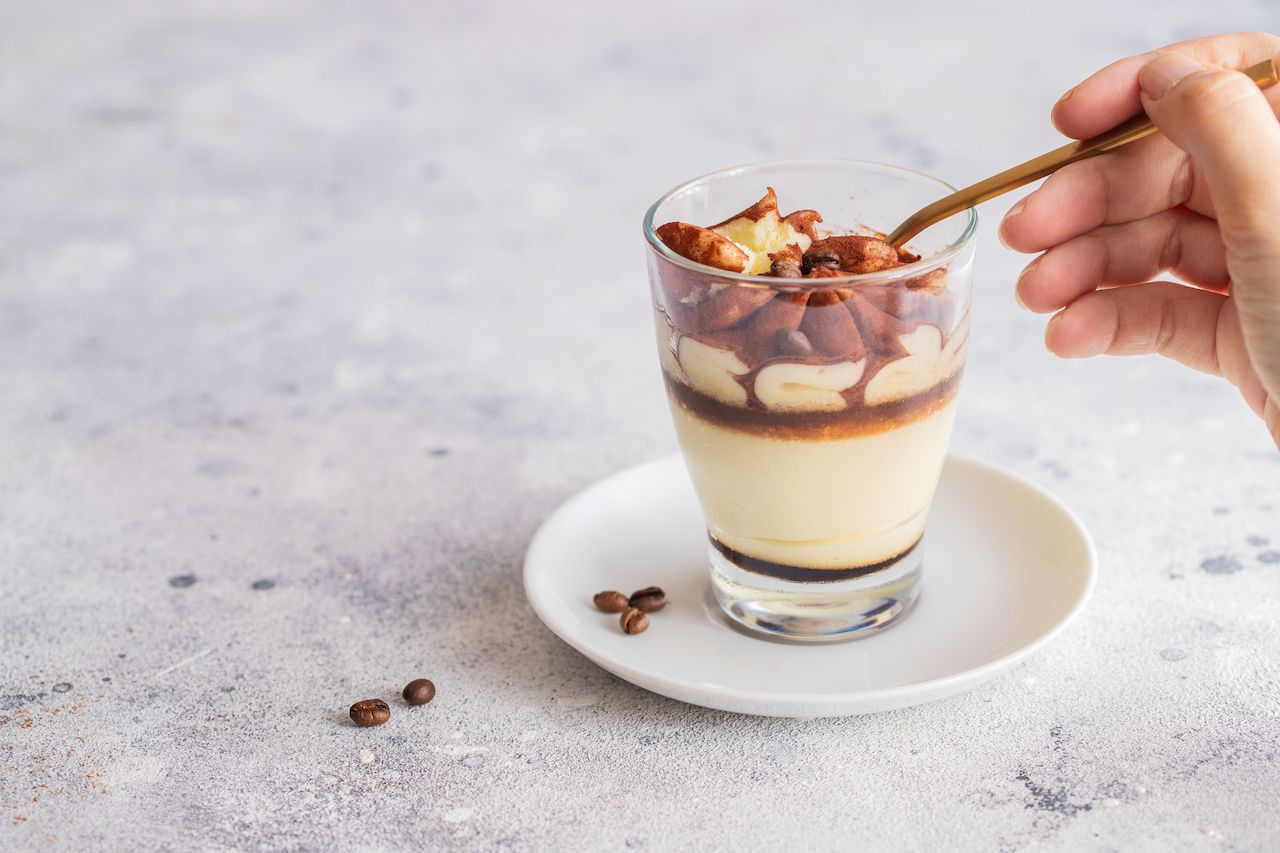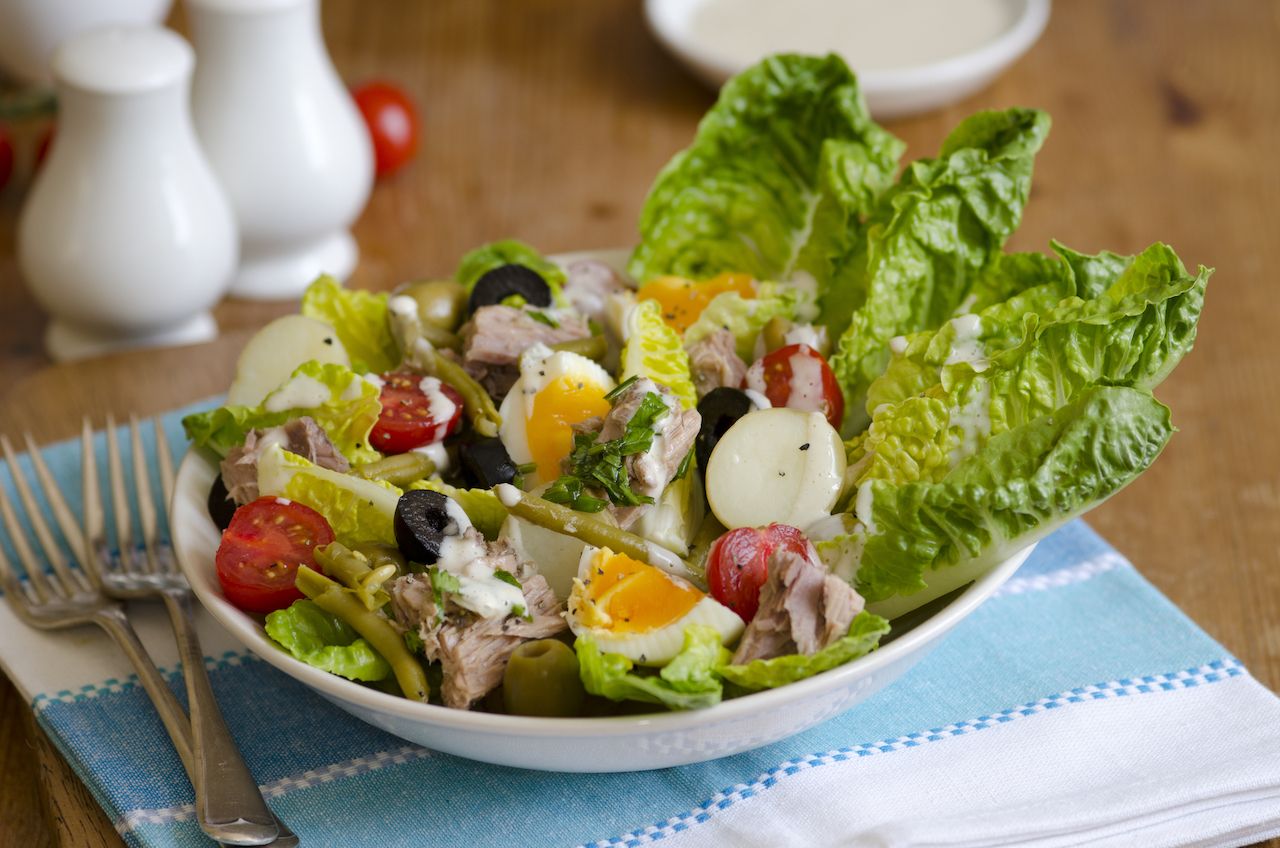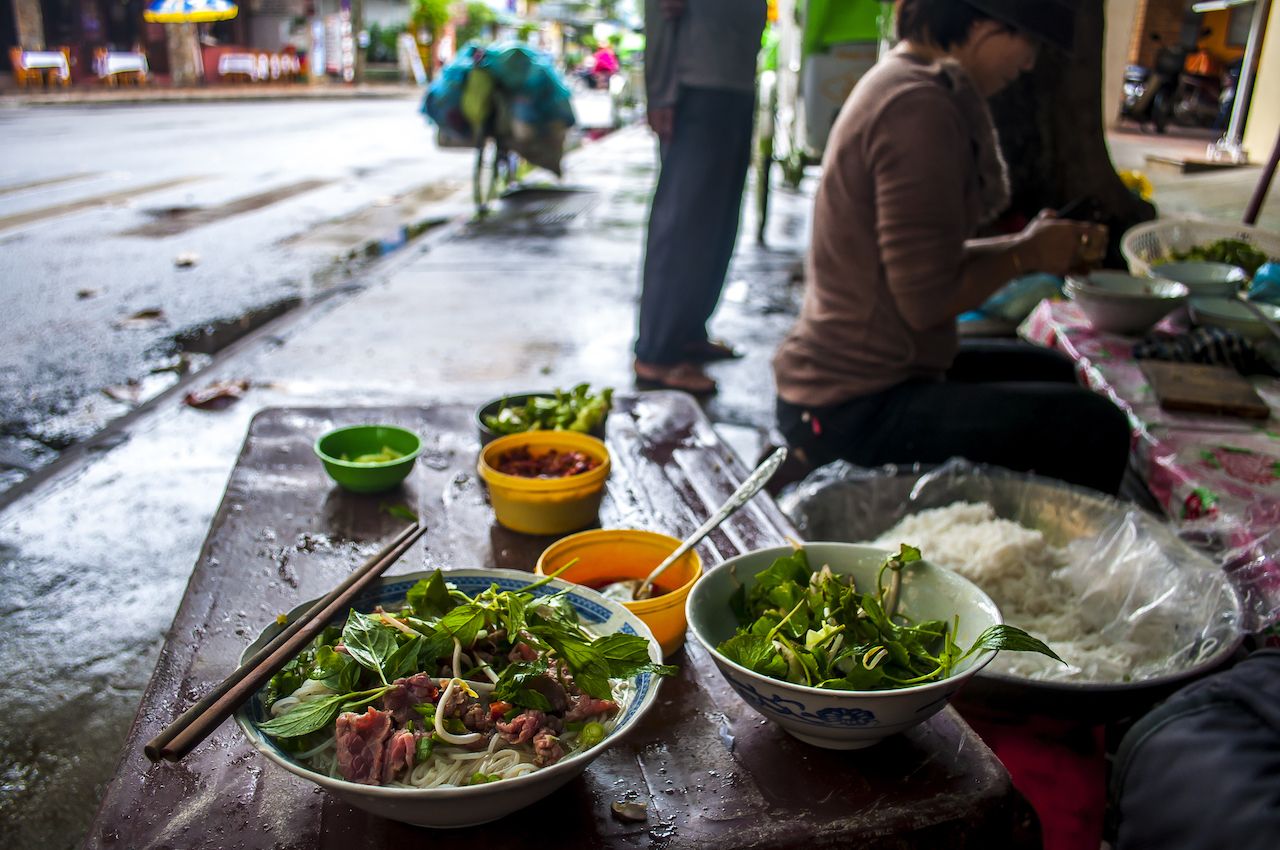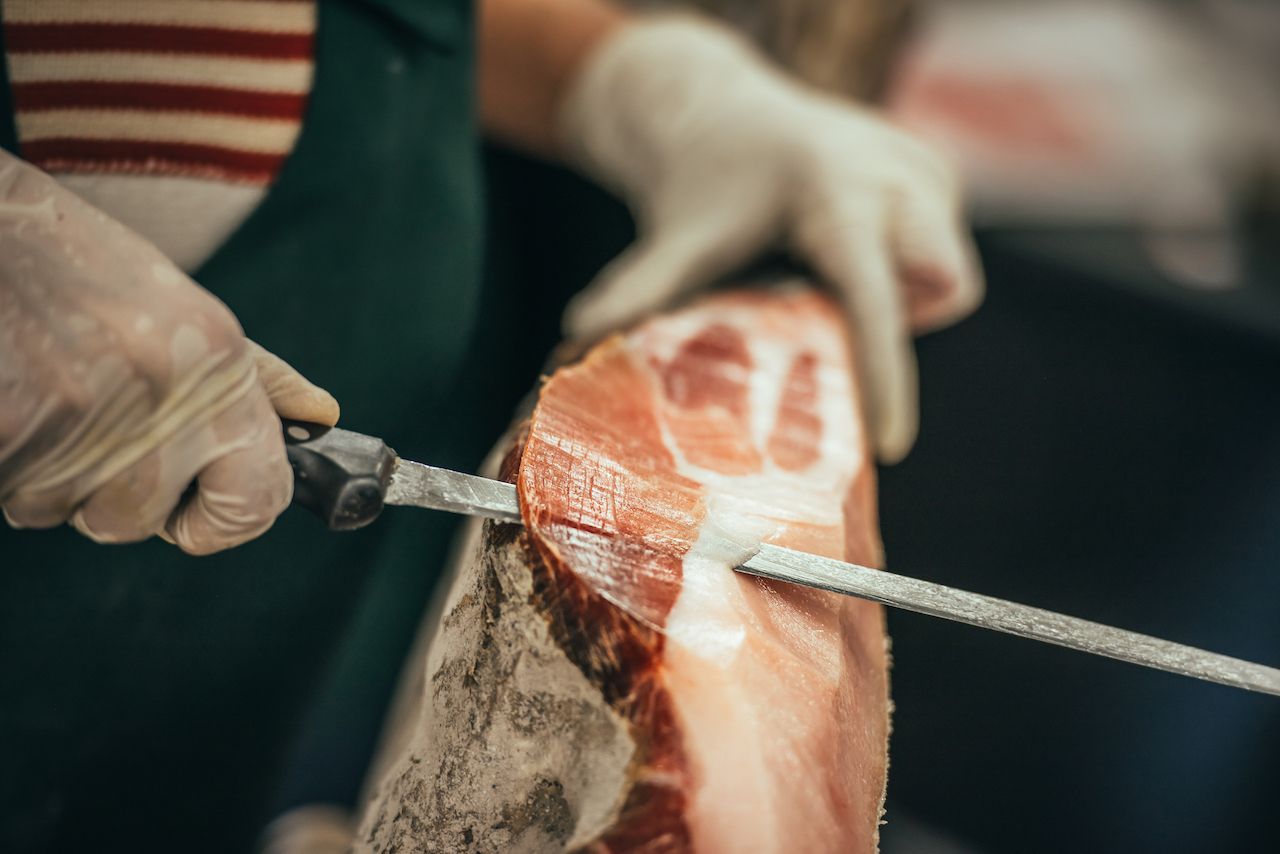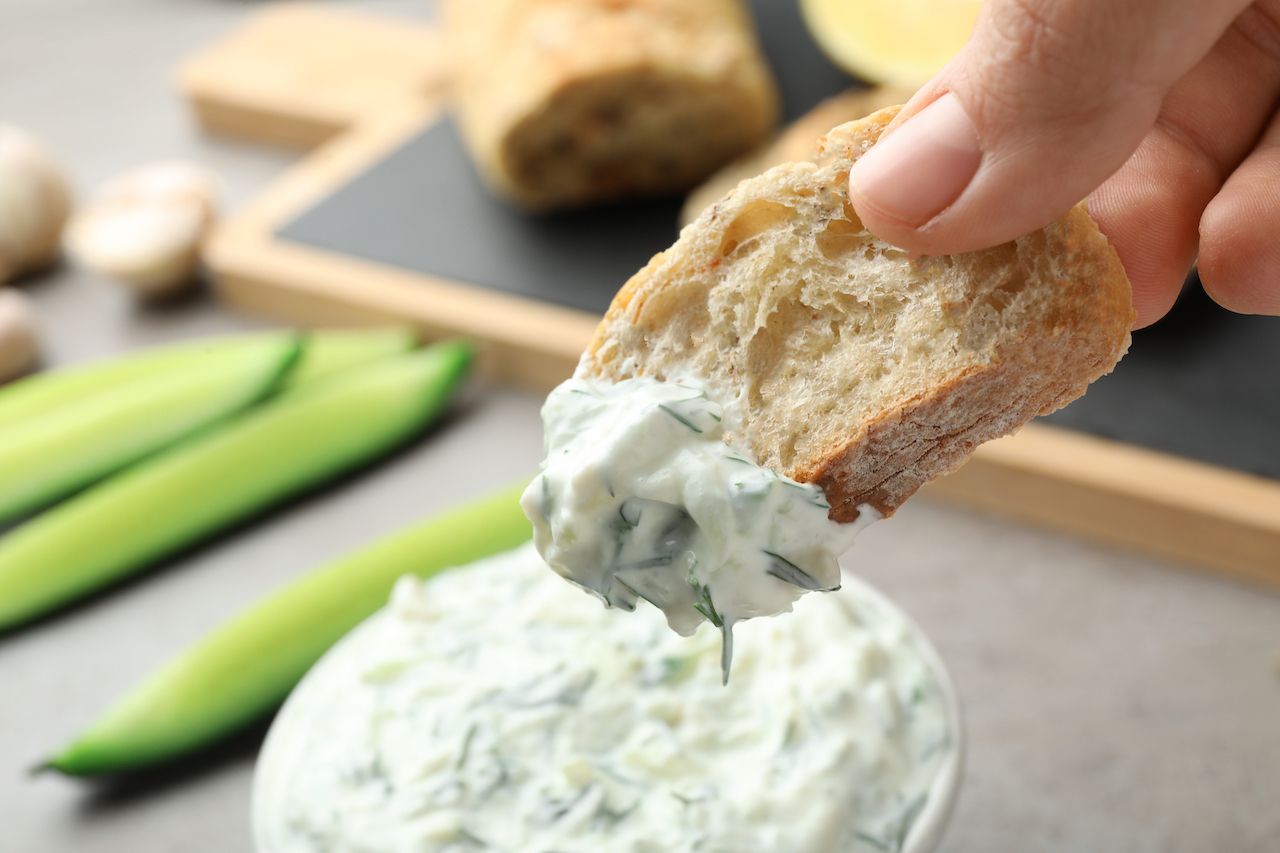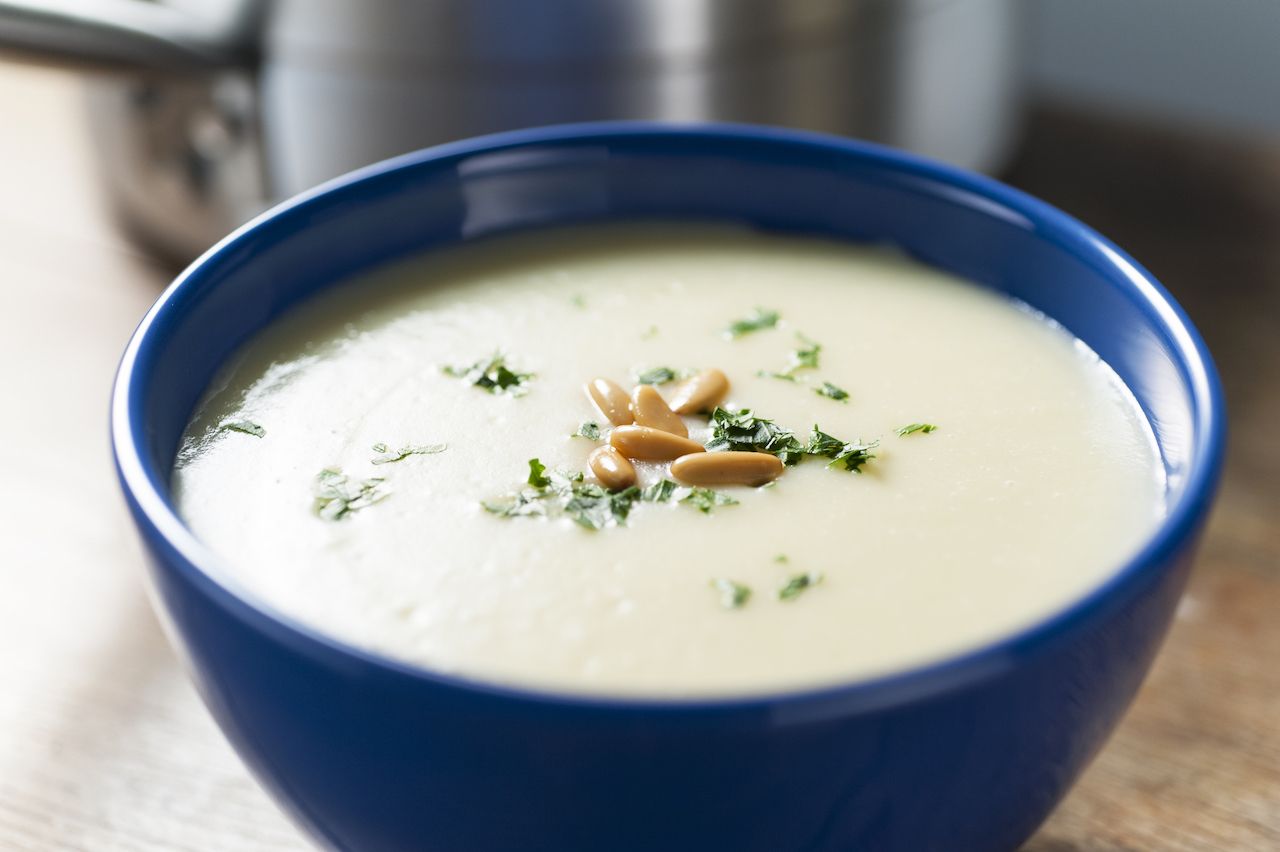Reading about a food can be inspiring and an insight into other cultures. It can lead to discovery of new foods and restaurants, perhaps even a new favorite cuisine. There’s one major problem with learning about food solely through reading, though — you’re often left with little idea of how to pronounce any of it.
Avoid the awkwardness of stumbling through an order (or worse, confidently saying a food the wrong way without knowing). These are the correct pronunciations for some of the most commonly mispronounced foods.

